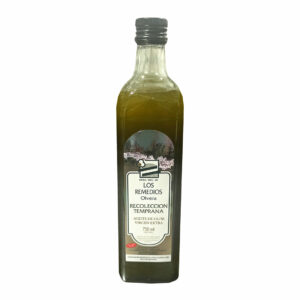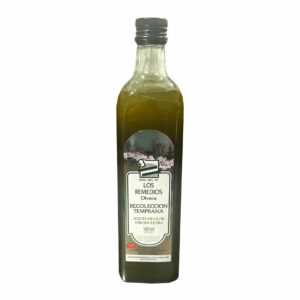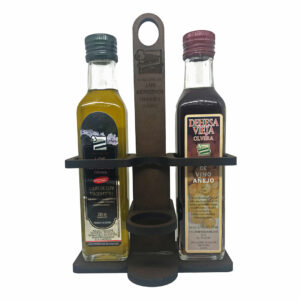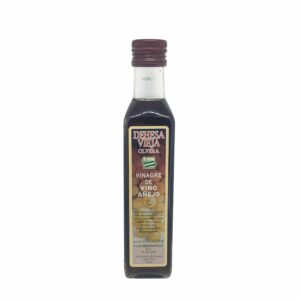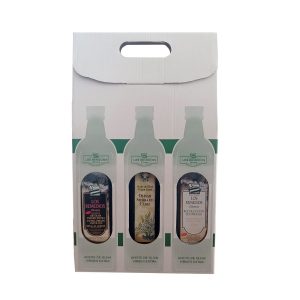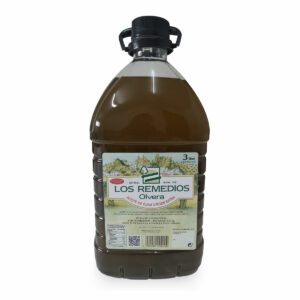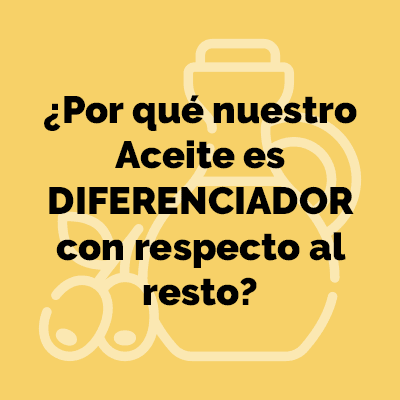THE LEVEL OF CONSUMPTION RETURNS TO WHICH WAS IN 2007
The consumption of inorganic fertilizers in Spain stood at 5,064 million tons in 2014, a 8,19 % above the 4,68 million recorded in 2013, which means a return to the levels of 2007 (5,19 million t), just one year before the start of the international financial crisis that has affected our country so hard.
Of those more than five million tons, 2,82 million corresponded to simple nitrogen fertilizers, 252.357 to simple potash, 162.217 to simple phosphates and 1,82 million complex fertilizers, as reported by the Ministry of Agriculture, Food and Environment (Magrama).
The import of inorganic fertilizers exceeded the 3,50 millions of tons, compared to exports of 1,87 millions.
The fertilizers most used in the field by Spanish farmers were, principally, calcium ammonium nitrates (780.428 tons), urea to 46 % (758.888 tons) and the nitrogen complexes, phosphorus and potassium with a nitrogen level lower than 10 % (691.222 tons).
Sales of nutrients for fertilizers stood at 1,10 million tons of nitrogenous (N), 398.500 tons of phosphates (P2O5) Y 357.900 tons of potash (K2O).
Andalusia is the first autonomous community, within the national set, in nutrient intake N (285.600 tons), followed by Castilla y León (273.800 t) and Aragon (107.5000 t); in P2O5, Castilla y León appears in the first place (106.800 t), followed by Andalusia (78.500 t) and Aragon (43.600 t).
In K2O agricultural sales, Andalusia tops the list (85.900 t), ahead of Castilla y León (72.500 t) and Valencian Community (37.600 t).

